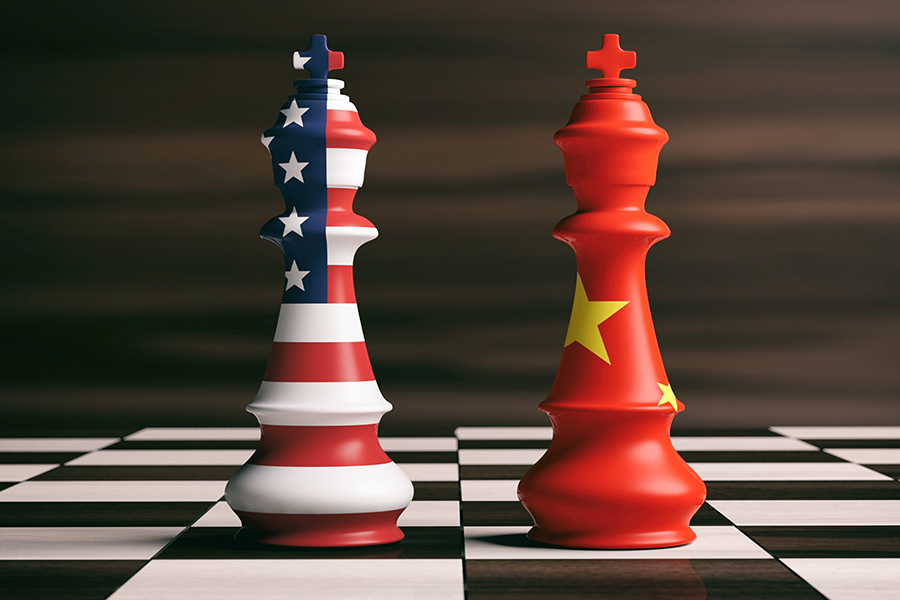The U.S. Treasury Department said Friday that no major U.S. trading partner, including China, manipulated their currency during 2021 to gain an unfair trading advantage.
While China has a significant bilateral trade surplus with the U.S., it did not meet the two other criteria to be named a manipulator — having a material current account surplus and engaging in persistent interventions.
The semi-annual report complained that China is not being transparent about key features of its exchange rate mechanism and said that the department will closely monitor the forex activities of China’s state-owned banks.
Treasury has placed twelve economies, including China, on its “monitoring list” of major trading partners. Other countries on that list are Japan, South Korea, Germany, Italy, India, Malaysia, Singapore, Thailand, Taiwan, Vietnam, and Mexico.
Treasury said it wanted to hold further talks with Switzerland on its intervention in foreign exchange markets to keep the Swiss franc from strengthening.
Back in late April, the U.S. dollar reached its strongest level against the euro since late 2002, peaking at 1.05 euros to the dollar EURUSD, -0.78%, very near “parity” or the level at which one euro would be worth one dollar. Since then, the greenback has softened a bit. Still, one popular gauge of the greenback’s strength against its main rivals — the ICE U.S. dollar index — has gained more than 13% DXY, +0.65% over the past year and more than 6% year to date.
This week, the the yen USDJPY, -0.33% fell to 134 against the greenback, for the first time since 2002.
See also: Strong dollar could spark repeat of 1990s ‘Asian Crisis’ if it crosses this threshold, former Goldman economist warns

